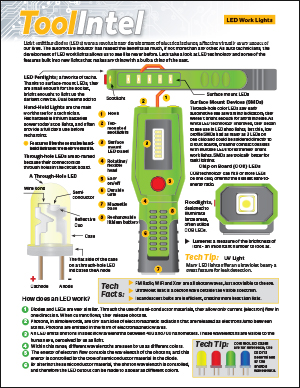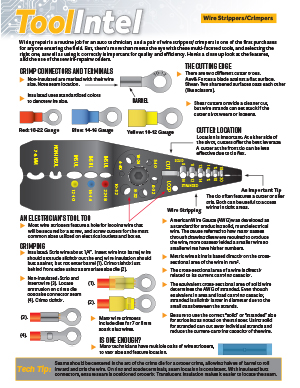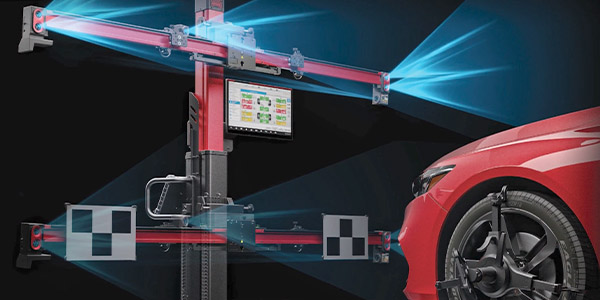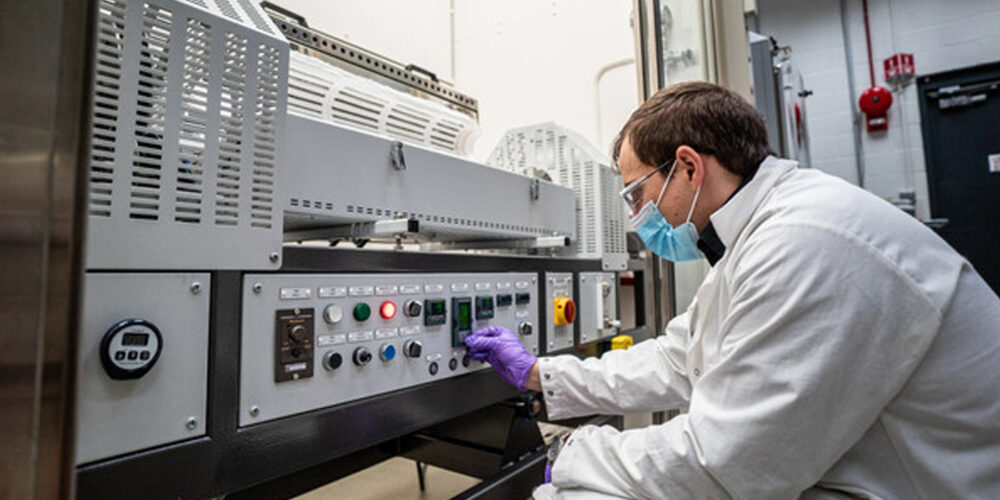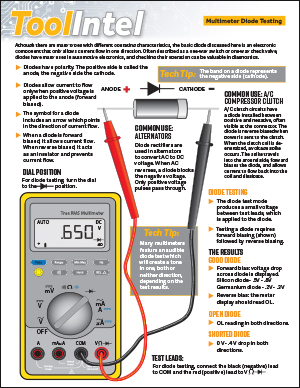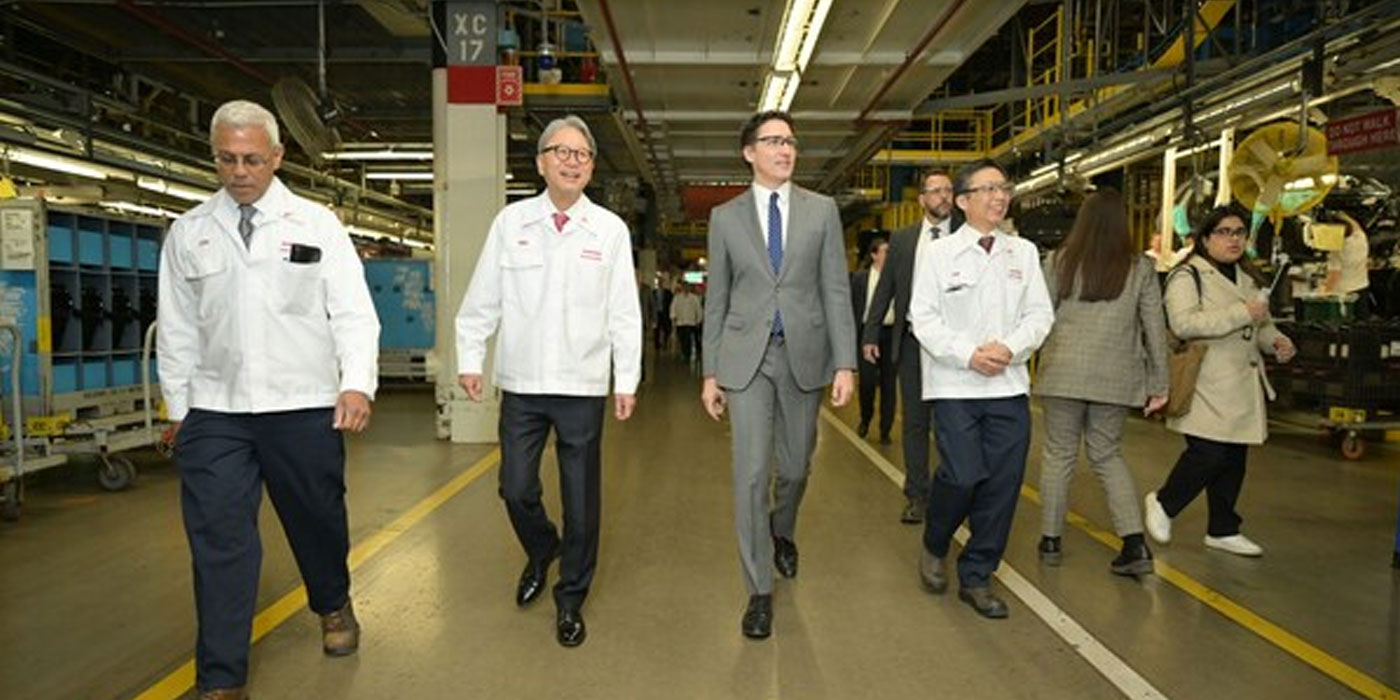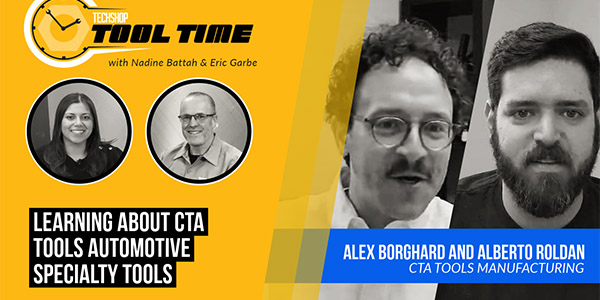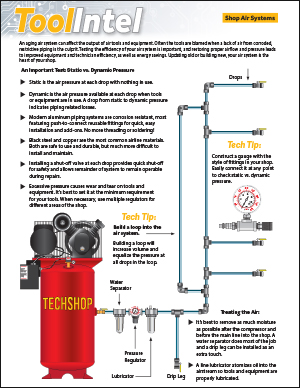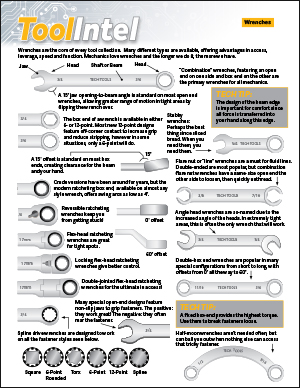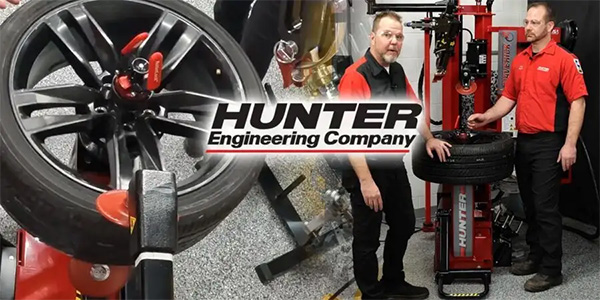By Larry Carley
Out with the old and in with the new. Transmission fluid flushing is a service that replaces old worn-out automatic transmission fluid (ATF) with fresh new fluid to prolong the life of the transmission. Considering the fact that it costs $1,500 to $2,200 or more to replace a transmission or transaxle these days, the cost of a fluid flush is peanuts by comparison.
Spending $30 to $60 every 30,000 miles to have the ATF replaced can be one of the smartest investments a motorist can make. Just like regular oil and filter changes, replacing the ATF for preventive maintenance can reduce the risk of a premature transmission failure and the need for expensive repairs.
According to the Automatic Transmission Rebuilders Association (ATRA), fluid breakdown is still the number one cause of most transmission failures. Worn-out, oxidized transmission fluid can’t provide the same level of lubrication and protection as fresh fluid. Contaminants in the fluid and varnish buildup on critical surfaces take a toll over time. Dirty worn-out fluid can cause control valves to stick, and bearings and clutches to fail inside the transmission.
The friction modifiers in ATF play a critical role in the operation and longevity of late-model electronic automatic transmissions. Friction modifiers are chemical additives in the fluid that affect how the transmission feels when it shifts gears. Vehicle manufacturers have specifications for the type and amount of friction modifiers that are required for their transmissions. The specifications differ from one make and model of vehicle to another depending on which transmission they have and the mechanical differences in the torque converters and clutch packs. That’s why Ford, Chrysler, General Motors, Honda, Toyota, Nissan and the other OEMs have so many different ATF formulations.
As the miles add up, heat and constant shearing break down the ATF. The friction modifiers are one of the first things that go, and once that happens, shifts may become rough and jerky — a condition known as transmission shudder.
Driving conditions that increase the normal operating temperature of the fluid accelerate oxidation. This includes things like aggressive driving, pulling a trailer, mountain driving, highway driving with increased wind resistance due to a car-top carrier, high-speed driving during unusually hot weather, etc.
Most ATF can handle normal operating temperatures of 175 to 190 degrees F. But as the operating temperature goes up, the life of the fluid drops. For every 20 degree increase in fluid temperature beyond the normal range, the life of the fluid is cut roughly in half! That’s why many vehicle manufacturers recommend changing the ATF at 15,000 miles if a vehicle is subjected to “severe use” instead of the usual 30,000 mile interval for normal use.
Worn-out transmission fluid usually has a burnt smell and a discolored brownish appearance. A "blotter test" can also be used to reveal the fluid’s condition. Place one or two drops of ATF from the transmission on a paper towel and wait about half a minute. If the spot is widely dispersed and red or light brown in color, the fluid is still good. But if the spot does not spread out and is dark in color, the ATF is oxidized and should be changed.
When changing the fluid, always do a complete fluid exchange using equipment designed for this purpose. Most vehicle manufacturers approve this type of ATF service as an alternative to leaving 1/2 to 2/3rds of the old fluid in the torque converter if only the pan is removed to drain the transmission. ATF exchange machines are quick and easy to use, and the whole process only takes about 10 minutes. On most vehicles, the fluid is exchanged while the engine is idling with the transmission in Park. But on Mitsubishi vehicles and Chrysler and Hyundai models with Mitsubishi transmissions, oil does not flow to the ATF cooler when the transmission is in Park. You have to put it in Neutral. (Remember to set the parking brake!)
Some fluid exchange/flush machines also allow the use of a cleaner product to remove varnish and sludge from neglected transmissions. If the machine has a pressure gauge, you can use it to detect possible restrictions in the transmission fluid circuit (filter, lines or ATF cooler). Normal pressure readings may be as low as 8 to 10 psi with some vehicles. Readings less than 8 psi may indicate a restriction.
Always use ATF that meets the vehicle manufacturer’s requirements. Refer to the owner’s manual or dipstick for the type of fluid required. Using the wrong type of fluid may cause shift problems and possible transmission damage.
As for the transmission filter, a change usually isn’t needed until 60,000 to 100,000 miles if the fluid has been flushed every 30,000 miles. Many Asian transmissions don’t even have a filter. They just use a screen to keep debris from being sucked into the transmission. Even regular ATF filters are relatively coarse compared to an engine oil filter. A typical ATF filter may have a rating of 60 to 125 microns or higher — compared to 20 to 25 microns for an oil filter. The reason why is so the filter will pass enough fluid when the ATF is cold. Yet it only takes a particle the size of a human hair (about 30 microns) to jam a transmission valve.
If you are replacing the filter, do the cleaning and fluid flush first. This will allow the old filter to trap contaminants that may be circulating in the old fluid or loosened by the cleaning chemical.
Many flush equipment manufacturers also recommend adding "conditioner" to the ATF when the fluid is replaced. Such products are claimed to revitalize seals and o-rings, help prevent leaks, extend the life of the fluid and help smooth shifts. A conditioner may not be absolutely necessary. But if it reduces comebacks, use it.


